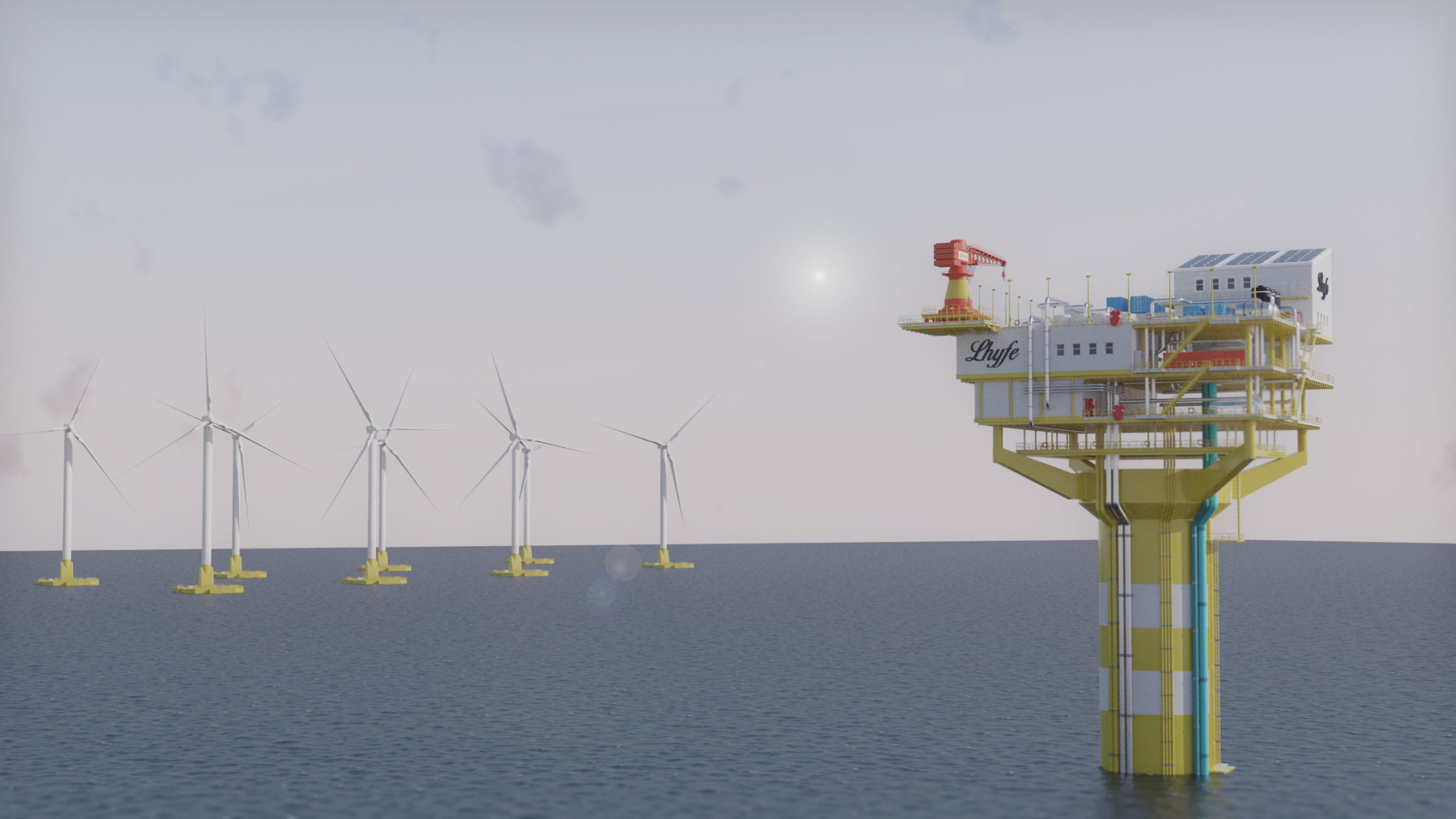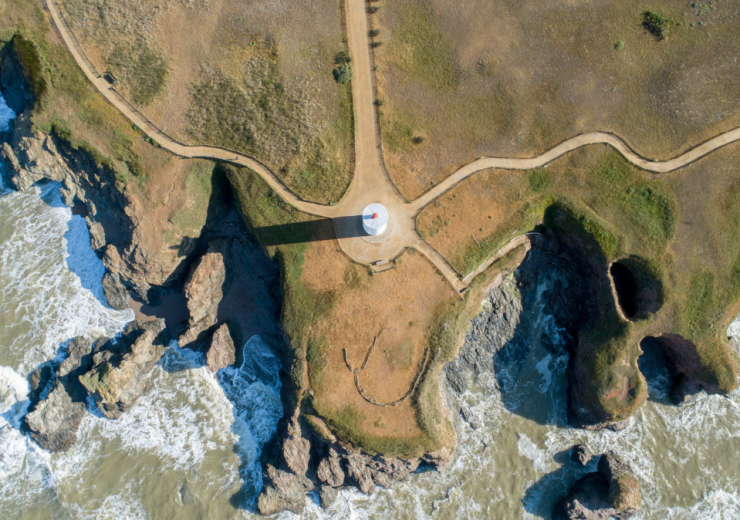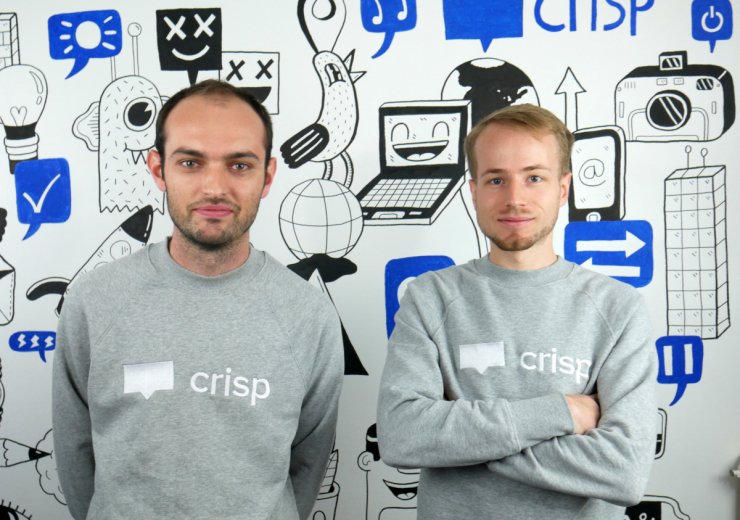The Atlantic France company Lhyfe has reached a historic milestone by successfully producing green hydrogen offshore at the SEM-REV energy testing site. Last June, the company started producing its first kilos of hydrogen offshore with the Sealhyfe project. Similarly, the HOPE project, led by the same company and its consortium of European partners, is focused on bringing offshore hydrogen production to an industrial scale. Both projects mark the beginning of a new era in green hydrogen production.
The production of 1 kg of green hydrogen requires 10 litres of water. On the basis of this, Lhyfe is using an innovative approach, whereby the company takes the water needed for hydrogen production from the sea, but then allow it to flow back into bodies of water, such as lakes and rivers. This process is carried out by hydrogen-powered vehicles that emit water from their exhaust pipes.
In addition, the oxygen produced during the electrolysis of water is reintroduced into aquatic environments that are becoming increasingly oxygen depleted, particularly as a result of global warming and polluting industrial activities.
Second phase of experimentation for the Sealhyfe project
The Sealhyfe pilot platform, designed by Lhyfe, has demonstrated the technical feasibility of offshore hydrogen production. After successful tests at the Frégates quay in the port of Nantes Saint-Nazaire, between September 2022 and May 2023, this platform has been transferred to the SEM-REV marine test site of Centrale Nantes, 20 km off the coast of Le Croisic (Atlantic France).
Following this move, it was connected via a cable to a floating wind turbine. From now on, Sealhyfe is in the second phase of experimentation, repeating all the tests carried out on the dock several times to strictly compare the results, and then also working on additional tests specific to the high seas. This will allow it to develop the capacity to produce in extreme conditions.
HOPE project: scaling offshore green hydrogen production
On the other hand, the HOPE project, which is coordinated by Lhyfe and implemented by a consortium of European partners, has been selected by the European Commission to receive €20 million of funding. This project aims to bring offshore hydrogen production to an unprecedented scale.
HOPE will operate in the North Sea, near the port of Ostend, Belgium, and will produce up to 4 tonnes of green hydrogen per day. This hydrogen will be exported to land via a composite pipeline to supply regional demand.
These Lhyfe projects are accelerating the transition to a more sustainable and decarbonised industry and contribute to the European Union’s goal of producing 10 million tonnes of clean hydrogen by 2030.


 日本語
日本語  Français
Français 



